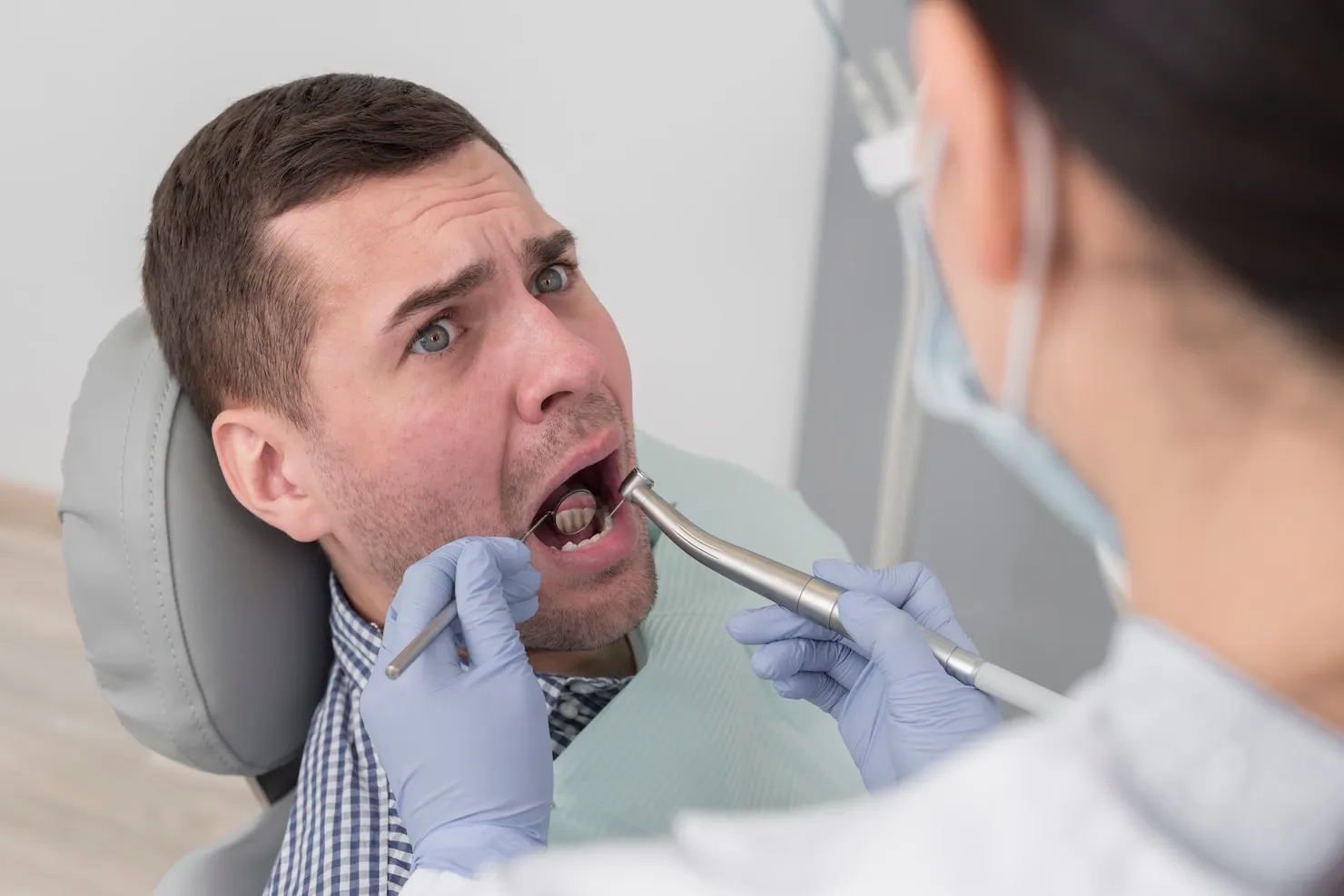Feeling tense about oral surgery is common. Wisdom teeth extraction is a short procedure for most patients, yet the lead-up can trigger worry, loss of sleep, and avoidance. The good news: Australia has clear, safety-first frameworks for sedation, and a range of options that can make the experience calmer and more manageable for anxious patients. This guide outlines what’s available, how it’s regulated, and how to decide what fits your needs.
Why Australians choose sedation for wisdom teeth
Anxiety can stem from past dental pain, needle fear, a strong gag reflex, or simply the loud, unfamiliar environment of a surgical room. Sedation aims to reduce distress and improve cooperation while maintaining safety. “Conscious sedation” means you remain responsive to verbal cues or light touch, with breathing maintained without assistance. This concept sits at the centre of national policy and training requirements for dental teams.
Your sedation choices, explained
1) Local anaesthetic only
For straightforward removal of wisdom teeth in Sydney and for confident patients, local anaesthetic numbs the area effectively. You stay awake, feel pressure but not sharp pain, and can drive yourself home if no sedatives are taken. Many clinics supplement local care with calming measures like noise-cancelling headphones and communication techniques.
2) Nitrous oxide (happy gas)
Nitrous provides minimal sedation with rapid onset and offset. You breathe a blend of nitrous and oxygen through a small nose hood. It takes the edge off anxiety and helps with gagging, and you recover quickly once the gas stops. Dentists who offer nitrous must be trained and follow ADA policy that references ANZCA’s guidance for minimal sedation techniques.
3) Oral anxiolysis
A prescribed tablet, often a short-acting benzodiazepine, can reduce pre-operative anxiety. It may be combined with nitrous, but dosing and monitoring must respect the sedation continuum, as effects can deepen unpredictably. This is why teams follow structured protocols and observe patients until they meet discharge criteria.
4) Intravenous (IV) sedation, sometimes called “twilight sedation”
IV sedation delivers a deeper state of relaxation while you remain responsive, with continuous monitoring by a qualified sedationist and trained support staff. Many anxious adults find this the most comfortable option for multiple or impacted teeth. Clinics that provide IV sedation must meet endorsed practitioner and facility requirements.
5) General anaesthesia (GA)
For complex impactions, medical conditions, or patient preference, GA in a licensed day surgery or hospital may be advised. An anaesthetist manages the airway and you are fully unconscious. The decision balances surgical complexity, health status, and availability.
If you’re comparing clinics for wisdom teeth removal in Sydney, check whether they offer multiple options and whether the sedationist is appropriately qualified under Dental Board and ANZCA frameworks.

What safety looks like on the day
Expect a structured process: health history review, medications check, and fasting instructions if you’re having IV sedation or GA.
Standard monitoring includes blood pressure, oxygen saturation, and heart rate, with deeper levels requiring capnography. Recovery areas must be staffed, and you’ll receive written post-op instructions. You’ll also need a responsible adult to accompany you home after any sedative beyond nitrous alone. These steps are embedded in ANZCA’s guideline and mirrored in ADA policy.
Deciding what’s right for you
Start with an honest conversation about fear triggers.
- If needles are the main concern, topical anaesthetic and nitrous may suffice.
- If you dread the entire experience or have multiple impacted teeth, IV sedation can provide a more settled state while preserving protective reflexes.
- For patients with complex medical histories, a hospital setting under GA may be safest.
A clinician endorsed for conscious sedation will guide you through benefits, risks, and the plan for monitoring and recovery.
Also Read: Understanding Wisdom Teeth Impaction: Types, Causes, and Solutions
Risks and side effects
Sedation is generally safe when delivered under Australian standards, but it’s not risk-free. Possible effects include nausea, dizziness, temporary memory gaps, and rare breathing or cardiovascular complications.
The pre-assessment screens for sleep apnoea, reflux, recent respiratory illness, and drug interactions that could increase risk. Robust training and emergency readiness are key safeguards, which is why national policies require competency, appropriate drugs and equipment on hand, and clear escalation pathways.

Preparing well: a short checklist
- Share your full medical history, including supplements and vaping or smoking habits.
- Follow fasting instructions precisely if IV sedation or GA is planned.
- Arrange a support person to take you home and stay nearby.
- Wear loose clothing, remove nail polish if asked, and plan soft foods and saltwater rinses for recovery.
- Confirm how to reach the on-call team if you’re worried after hours.
The takeaway
Dental anxiety is real, and it doesn’t need to block timely care. Australia’s regulated sedation pathways offer flexible, safe options from nitrous through to IV sedation and hospital-based anaesthesia. With an endorsed clinician, a clear plan, and the right level of support, most patients breeze through the procedure and heal quickly.

